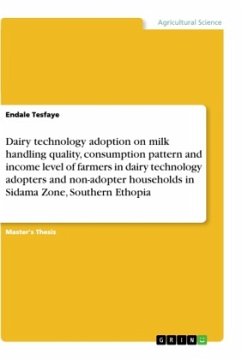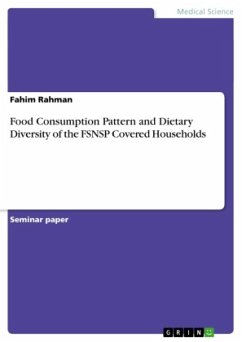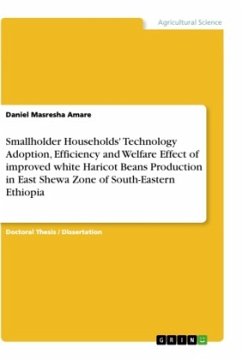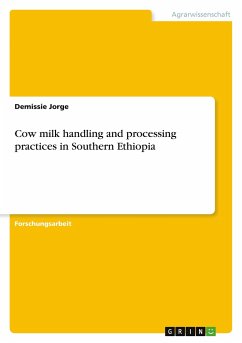Master's Thesis from the year 2018 in the subject Agrarian Studies, , course: Animal production, language: English, abstract: This paper aims to assess the impact of technology adoption on milk handling quality, consumption pattern and income level of farmers in dairy technology adopters and non-adopter households. Despite the large livestock population, the contribution of the Ethiopian livestock sector in general and the dairy sector is below its potential at both the national and household level. This low production level of the sector is attributed to inefficient productivity of the livestock because of the traditional method of production, poor breeds, poor feeding, inferior health care and services, and low capital investment in human and fixed assets.According to the central statistical agency estimation, the total cow milk production (excluding milk suckled) for the rural sedentary areas of the country during the reference period, is about 4.06 billion liters Average lactation period per cow during the reference period at country level was estimated to be about six months and average milk yield per cow per day was about 1.85 liters. Most milk produced in the rural areas of Ethiopia is consumed at home or marketed, either fresh or sour, and only in the vicinity of urban markets that surplus milk is processed into dairy products especially butter with longer shelf life. In Ethiopia, dairy production is mainly of subsistent which is type largely based on indigenous breeds of cattle. Milk production from this system is low to support the demand for the continuously increasing human population, particularly in urban centers








